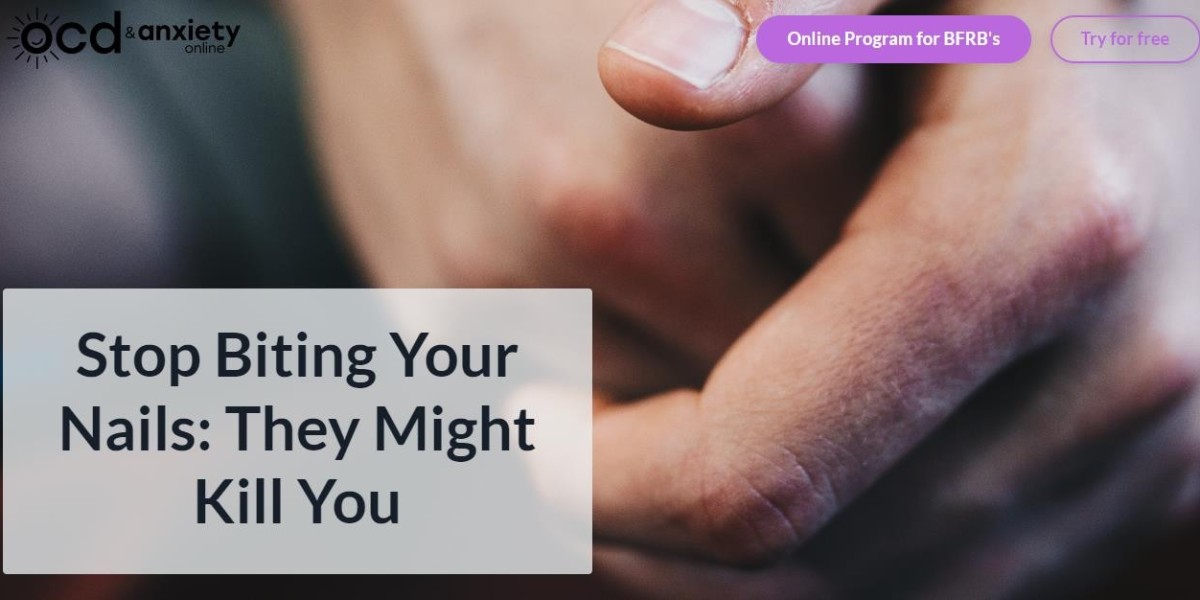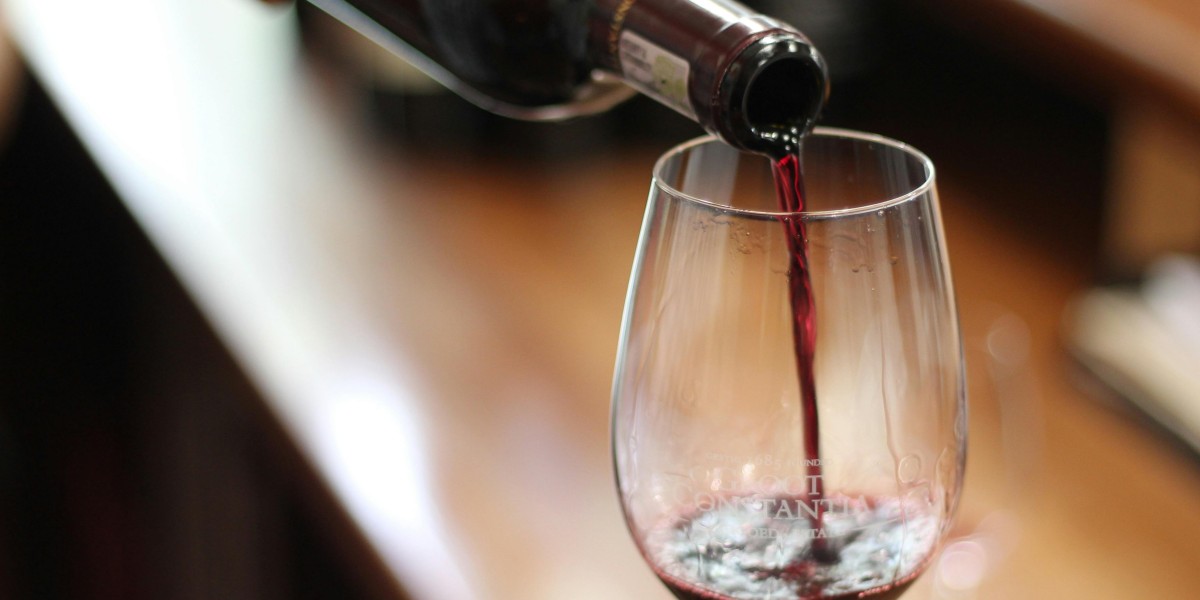Living with Trichotillomania, nail-biting, or contamination OCD can be incredibly challenging, but there are effective treatments available that can help manage these behaviors and improve quality of life.
Trichotillomania, or hair-pulling disorder, is a condition where individuals feel compelled to pull out their hair, often leading to noticeable hair loss and emotional distress. Treatment for trichotillomania typically involves a combination of behavioral therapy and, in some cases, medication. Cognitive-behavioral therapy (CBT), specifically Habit Reversal Training (HRT), is considered the gold standard. HRT helps individuals recognize the urges to pull hair and replace the behavior with healthier alternatives. Medications such as selective serotonin reuptake inhibitors (SSRIs) may also be prescribed to help manage underlying anxiety or depression that can accompany trichotillomania.
Nail-biting, or onychophagia, is a common habit that many people struggle to break. It can lead to damaged nails, infections, and embarrassment. Like trichotillomania, nail-biting can often be addressed effectively with behavioral interventions. Habit Reversal Training (HRT) is commonly used to help individuals become aware of the triggers and sensations that lead to nail-biting. This awareness is paired with the development of competing responses that are incompatible with nail-biting. In some cases, behavioral therapy is complemented by the use of bitter-tasting nail polishes designed to discourage the behavior. Mindfulness techniques and stress management can also be beneficial, as nail-biting is often linked to anxiety and stress.
Contamination OCD and OCD Germs
Contamination OCD is a subtype of Obsessive-Compulsive Disorder (OCD) where individuals have an intense fear of germs, dirt, or contamination. This fear leads to compulsive behaviors such as excessive washing, cleaning, or avoiding certain places or objects. Effective treatment for contamination OCD often involves Exposure and Response Prevention (ERP) therapy. ERP is a form of CBT that gradually exposes individuals to feared contamination sources without allowing them to perform the compulsive behaviors. Over time, this exposure helps reduce the anxiety associated with contamination and breaks the cycle of compulsions. Medications, particularly SSRIs, are also commonly used to treat OCD and can help reduce the severity of symptoms.
Living with trichotillomania, nail-biting, or contamination OCD can be difficult, but with the right treatment approach, individuals can gain control over their behaviors and lead more fulfilling lives. Behavioral therapies like CBT and HRT, along with mindfulness and, in some cases, medication, provide effective strategies for managing and overcoming these conditions. Seeking professional help and support is a crucial step towards recovery and improving overall well-being.


